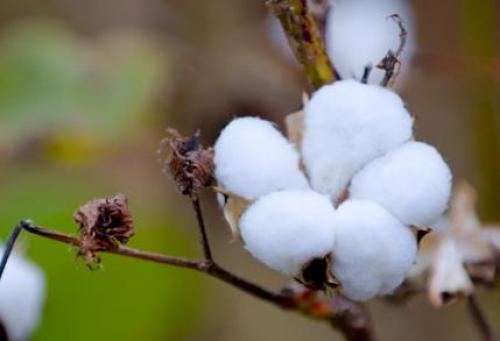
It is understood that since mid-to-late April, some large and medium-sized foreign companies and importers have actively contacted large and medium-sized mills and importers in the Mainland, traders pre-sale the West African cotton, US cotton, and Australian cotton in May-June, for bonded cotton. Or the high-grade cotton that is about to arrive in Hong Kong will reduce or no longer offer, and cotton traders will also contact the cotton textile enterprises that can get the import quota of sliding tariff cotton. On the one hand, it will test whether the textile companies plan to transfer import quotas and book in advance. The quasi-arbitrated tariff import quotas paved the way for bonded cotton or the clearance of Australian cotton that arrived in Hong Kong in May/June; on the other hand, they used the advantages of price and cost to obtain textile products with “import quota for cotton importsâ€; some traders even passed Reduce the proportion of contractual margins, credit sales and other means to gain access to shipping opportunities.
Judging from the quotes of some foreign companies and Australian ginning factories, although the picking, processing, shipment, and loaning of seed cotton are somewhat delayed, the impact on the execution of contract orders is not significant. In the middle of May, there will be early flowers and a small amount of medium-term flowers. The relevant departments expect that the total Australian cotton production in 2014 will be around 900,000 tons. According to the statistics on the export ratio in 2012 and 2013, about 400,000 to 500,000 tons of Australian cotton will enter the Chinese market (accounting for 50% of the total exports of Australian cotton - 60%). It is worth noting that due to continuous rain in parts of Australia from late March to early April, the inherent technical indicators of seed cotton will be affected to varying degrees, so the impact on early shipments and shipments of lint will be greater. Some international cotton companies The concerns of Chinese buyers and buyers focused on Australian cotton shipped after mid-May. Worries about the quality of Australian cotton arriving or shipped from late April to early May were heavier. Some Australian ginners and exporters reduced by 4 The monthly delivery was postponed to May and June shipments.
With regard to the trend of international cotton prices in May-August, the division of opinions among foreign traders and traders is relatively large. On the one hand, resources for signing and shipping US cotton in 2013 have been very limited, coupled with the high temperature of drought in Texas, cotton planting progress. Constrained by very large restrictions, speculative ** on July's large number of ON-CALL point price contracts continue to force positions, regardless of ICE or US cotton spot, from the fundamental point of view, the decline needs to rely on economic data, commodities and regulatory policies On the other hand, major cotton consumption countries represented by countries such as China, Pakistan, and India have entered the stage of low demand, high inventory (products) and slow recovery (or even worsening) of economic recovery, not only in China, but also in India this year. Consumption will need to be adjusted significantly, and the global supply and demand pattern will also be out of balance. In 2014, the growth of American cotton planting area by 8% and the inventory of China's State Reserve of 1200-1300 million tons continue to exert pressure on the ICE medium-term long-term pipeline. There is a crest on the top and bottom.
Some importers believe that from the perspective of the proportion of state-owned cotton transactions and transaction prices since mid-April, Chinese textile companies’ capacity for digesting raw materials is still weakening, so it is not ruled out in May that the Chinese government will continue to adjust the national reserve cotton auction policy, or Reduce the ratio of throwing storage price to RMB 16,500-16,600/tonne or throwing reserve and adjusting import quota of cotton with sliding tariff to 3:1, 2:1, or even 1:1, so as to ensure the decompression of the warehouse . With 5-6 large-scale machine mining high-grade Australian cotton “occupy land†landing, in 2013, the impact of bonded, in-transit US cotton will not be small, once the monthly arrival of Australian cotton in May-August reached an average of 10- 15 million tons, the opportunity for US cotton will be greatly reduced. Regardless of how ICE and the international spot market resist declining, how resources are strained and imported cotton is ultimately required to be cleared for domestic sales. Therefore, the current price of 16000-16300 yuan per ton of CF1501 or CF1503 is the price of new cotton listed in 2014, and the current price. The reserve reserve price still has a price difference of RMB 1,000-1200/ton, so it can reproduce the “split†status of the domestic and foreign cotton market – the US cotton quoted price remains steady and even continues to remain high, while the cotton price is falling all the way. , until the Zhengzhou Yuanyue contract convergence.
Casual T Shirt,V Neck T Shirt,T Shirt Round Neck,Crew Neck Shirt
Guangzhou LIDONG Garment Industry Co., Ltd. , https://www.lidongsports.com